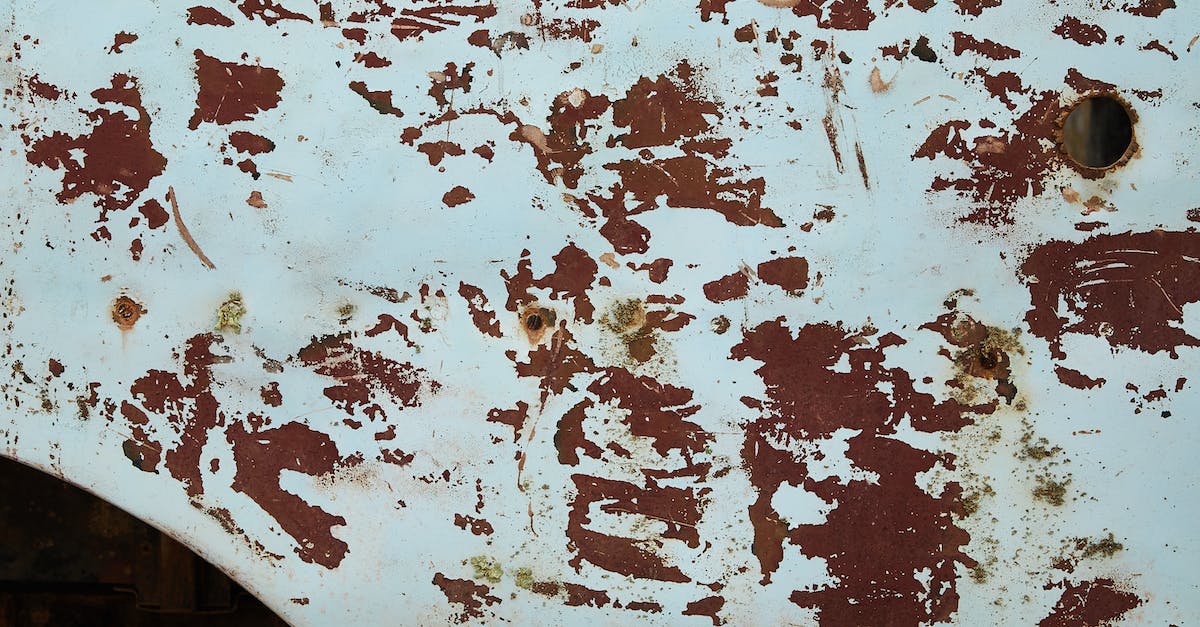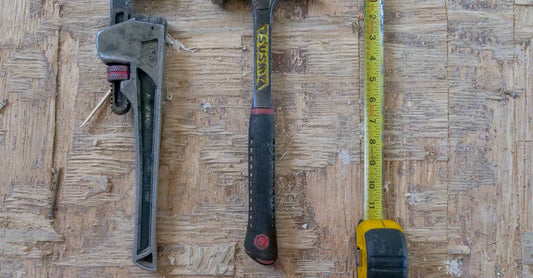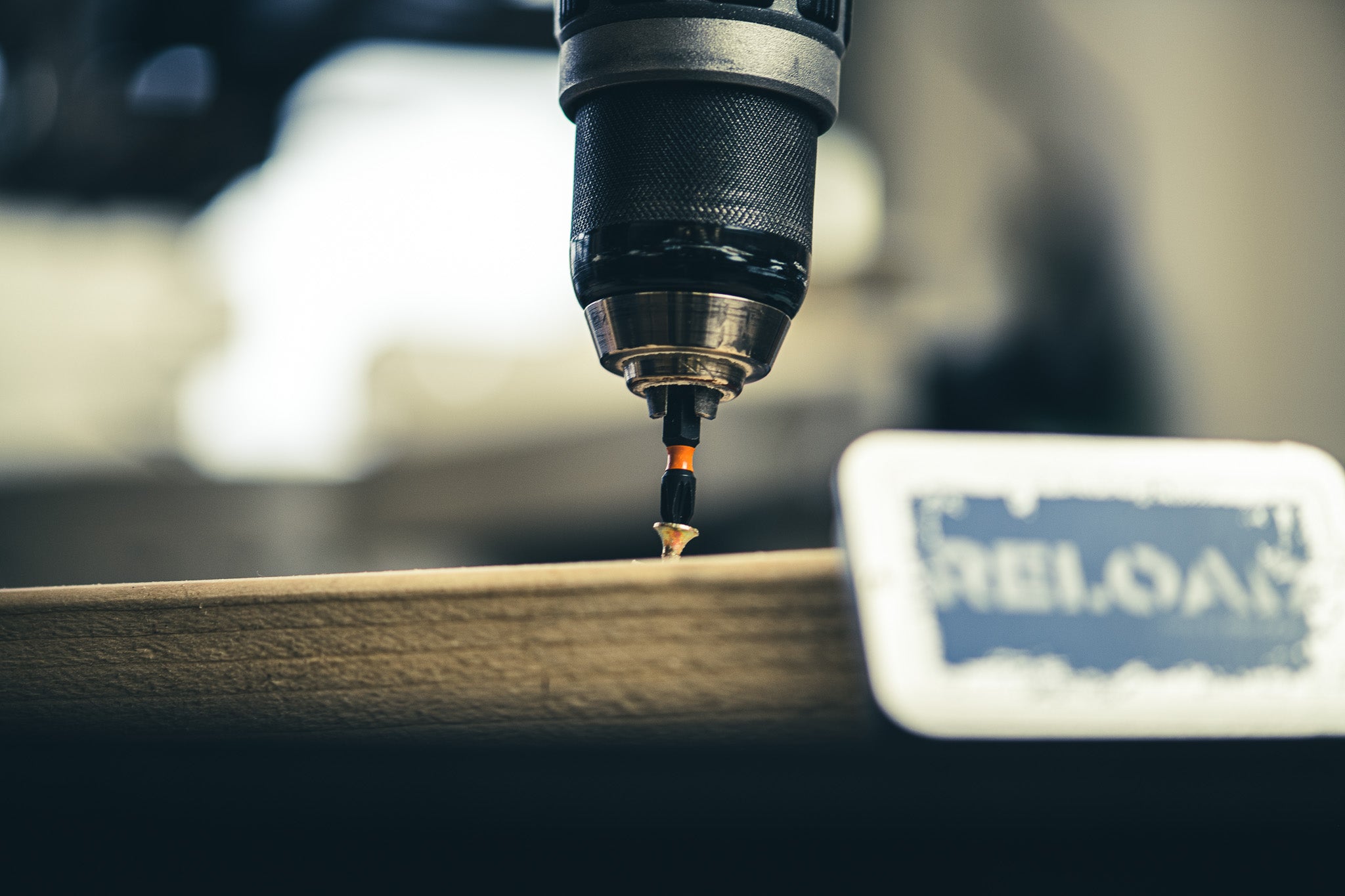sub-sahyd-uhns
subsidence, Noun
The gradual downward settling or caving in of land.
Example usage: The subsidence on the construction site caused some delays.
Most used in: Areas with high water tables or areas of unstable soils.
Most used by: Civil engineers, geotechnical engineers and construction workers.
Popularity: 7/10
Comedy Value: 3/10
Also see: Settlement, Heave, Compaction, Consolidation,
What is Subsidence in Electrician Construction?
Subsidence is a term used in the electrician construction industry to describe the settling of a structure, such as a building, caused by the movement of the ground underneath it. It is a common problem in areas with unstable soils, such as areas prone to flooding, or areas with high water tables. Subsidence can occur when the ground is unable to support the weight of the structure, or when water is removed from the ground, causing it to become more compact.
Subsidence can cause serious damage to a structure if left unchecked. This damage can include cracking of walls, sagging floors, and even complete collapse of the structure. In some cases, it can also cause electrical wiring to become damaged, leading to potential safety hazards. For this reason, it is important for electricians to regularly inspect the area for signs of subsidence.
According to the US Geological Survey, subsidence is estimated to cause an average of $2 billion in damages each year. This number is expected to increase as more buildings and structures are built in areas prone to subsidence. It is important for electricians to be aware of the risks of subsidence and to take steps to mitigate any potential damage.
Subsidence can be prevented through proper soil stabilization techniques, such as the use of geotechnical engineering and soil compaction. Additionally, electricians should be aware of any potential signs of subsidence, such as cracks in walls, sagging floors, or electrical wiring that has become damaged. By taking these precautions, electricians can help to protect their projects from potential damage caused by subsidence.
.Tracing the Origins of the Term 'Subsidence' for Electrician Construction
The term 'subsidence' has been used for centuries to describe the process of a structure or land mass sinking due to various causes. It has been used in the context of Electrician construction since the late 19th century, when it was first noted in the United States. The word was first used in print in an 1882 publication from the American Electrician magazine, which described a subsidence in the foundation of a house due to the installation of a new electricity system.
The term has since become widely used in the industry, with its definition evolving to refer to the sinking of a structure due to the installation of, or alterations to, electrical systems. This includes the installation of wiring, cables, and other electrical components that can cause a structure to become unstable.
Subsidence is an important concept in Electrician construction, as it can cause serious damage to a building if not addressed. It is important to take the necessary steps to prevent subsidence from occurring, and to identify and repair any existing subsidence problems.




